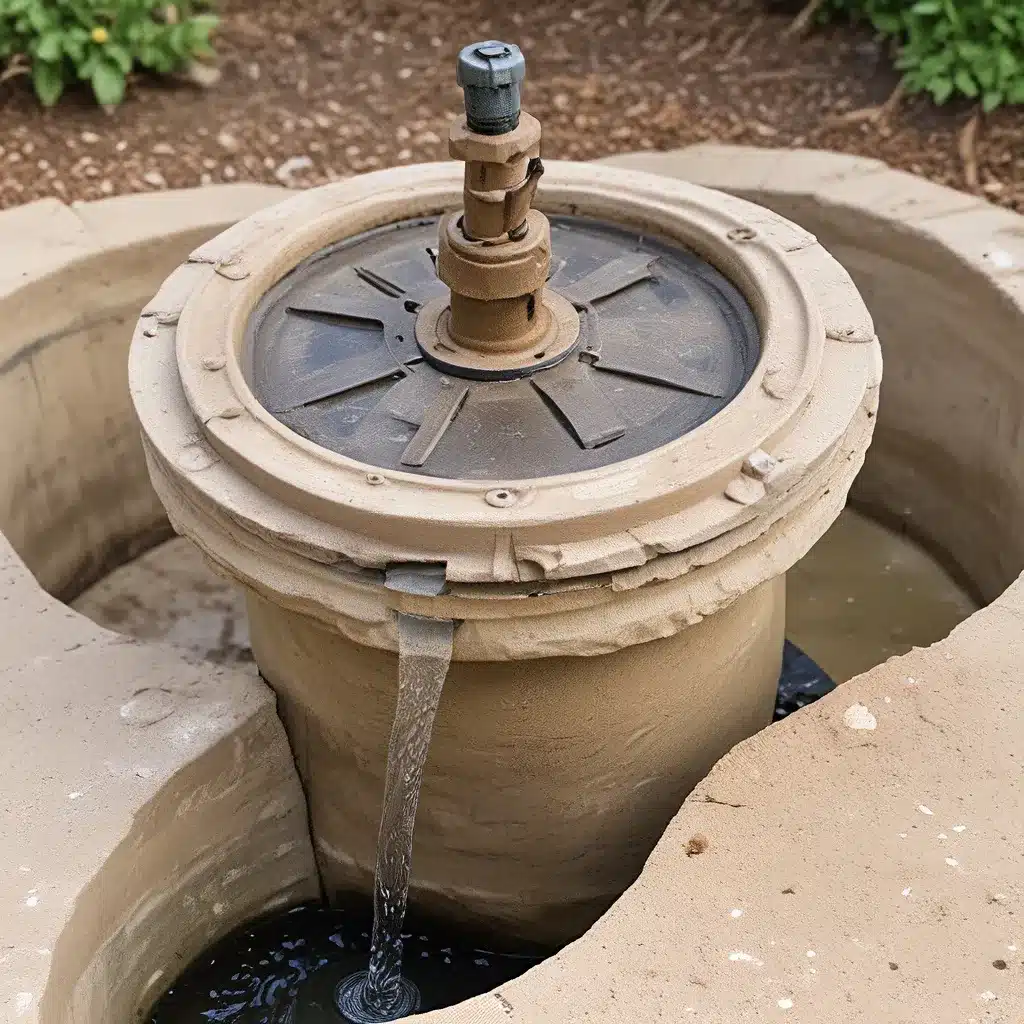
Fountain Design Essentials – Welcome to Fountain Lights
Fountain Design Essentials – Welcome to Fountain Lights

As someone who’s spent countless hours tinkering with my own backyard fountain, I know firsthand the frustration of dealing with a malfunctioning valve. Whether it’s a leaky seal, a jammed mechanism, or a worn-out component, a faulty fountain valve can quickly turn your tranquil oasis into a high-maintenance headache. But fear not, my friends – with a little know-how and the right tools, you can bring your fountain back to life and have it flowing smoothly once again.
Let’s face it – fountains can be delicate creatures. They’re constantly exposed to the elements, from scorching sun to freezing rain, and the constant motion of the water can take a toll on even the most robust components. A well-maintained valve is the heart of any fountain, controlling the flow and ensuring that your water feature operates as it should. Neglect that valve, and you might as well be trying to run a car without a functioning engine.
But it’s not just about keeping your fountain looking its best. Proper valve maintenance is also crucial for maintaining the health of your aquatic ecosystem. Leaks and malfunctions can lead to water loss, disrupting the delicate balance of your pond or basin and putting your fish and plants at risk. And let’s not forget the potential for water damage to your landscaping or even your home – a little preventive maintenance can go a long way in avoiding those costly headaches.
Now, I know what you’re thinking – “But how do I even know if my valve is the problem?” Fear not, my friends, for there are a few telltale signs that can help you pinpoint the issue:
Leaks: If you notice water seeping out around the valve or the base of your fountain, chances are you’ve got a seal that’s gone bad. This could be due to wear and tear, mineral buildup, or even damage from debris or critters.
Poor Water Flow: Is your fountain sputtering and struggling to maintain a steady stream? This could be a sign of a valve that’s not opening or closing properly, or even a clog in the system.
Erratic Behavior: If your fountain seems to have a mind of its own, turning on and off at random or behaving erratically, you might be dealing with a stuck or malfunctioning valve mechanism.
Okay, so you’ve identified the problem – now what? Well, my friends, the good news is that fountain valve repair is often a relatively straightforward process, especially if you’re working with a reputable brand like the ones you’ll find at FountainLights.net. With the right tools and a little elbow grease, you can have your fountain back in tip-top shape in no time.
First things first, you’ll want to shut off the power to your fountain and drain the water – safety first, folks! Once you’ve got access to the valve, take a close look and try to identify the specific issue. Is the seal cracked or worn? Is the mechanism jammed or stuck? Armed with that knowledge, you can start hunting down the right replacement parts.
Now, I know what you’re thinking – “But what if I’m not a plumbing pro?” No worries, my friends, because there are plenty of resources out there to guide you through the process. From helpful how-to videos to detailed instruction manuals, the experts at FountainLights.net have your back. And if you’re still feeling a little intimidated, don’t be afraid to reach out to a professional – sometimes a little expert assistance can save you a world of trouble.
Alright, so you’ve conquered the valve repair and got your fountain flowing like new. But the real question is – how do you keep it that way? Well, my friends, the key to long-lasting fountain happiness is all about preventive maintenance.
First and foremost, be sure to keep an eye on your valve and its components, checking for any signs of wear or damage on a regular basis. A quick inspection every few months can go a long way in catching issues before they become major problems.
And let’s not forget about the importance of regular cleaning and maintenance. Mineral buildup, debris, and even the occasional critter can wreak havoc on your valve, so be sure to give your fountain a thorough cleaning at least once a year. Consult the experts at FountainLights.net for their recommended maintenance schedules and techniques – they’ve seen it all, and they know how to keep your fountain in tip-top shape.
Finally, don’t be afraid to invest in quality replacement parts. While it might be tempting to go with the cheapest option, remember that your fountain is an investment, and using high-quality components can pay dividends in the long run. After all, wouldn’t you rather have a fountain that runs smoothly for years to come than one that’s constantly in need of repair?
So there you have it, my friends – the keys to mastering the art of fountain valve repair. With a little know-how, the right tools, and a bit of elbow grease, you can have your water feature back in tip-top shape in no time. And trust me, the sense of accomplishment and the joy of hearing that soothing sound of cascading water – well, it’s worth every minute of the effort.
Remember, your fountain is more than just a decorative element in your backyard oasis – it’s a living, breathing ecosystem that requires your care and attention. So take the time to learn the ins and outs of proper valve maintenance, and you’ll be rewarded with years of relaxation, beauty, and the envy of all your neighbors.
Happy fountaining, my friends!
Share to :
Subscribe to our newsletter for the latest in fountain design, innovative lighting ideas, and exclusive tips straight to your inbox. Join the community shaping the future of water features.

Rapid delivery to your doorstep.

Excellence in every product.

Great value for your investment.

Assistance at any hour.
Fountain Lights — Illuminating creativity in every splash!
Copyright © 2023. All Right Reserved